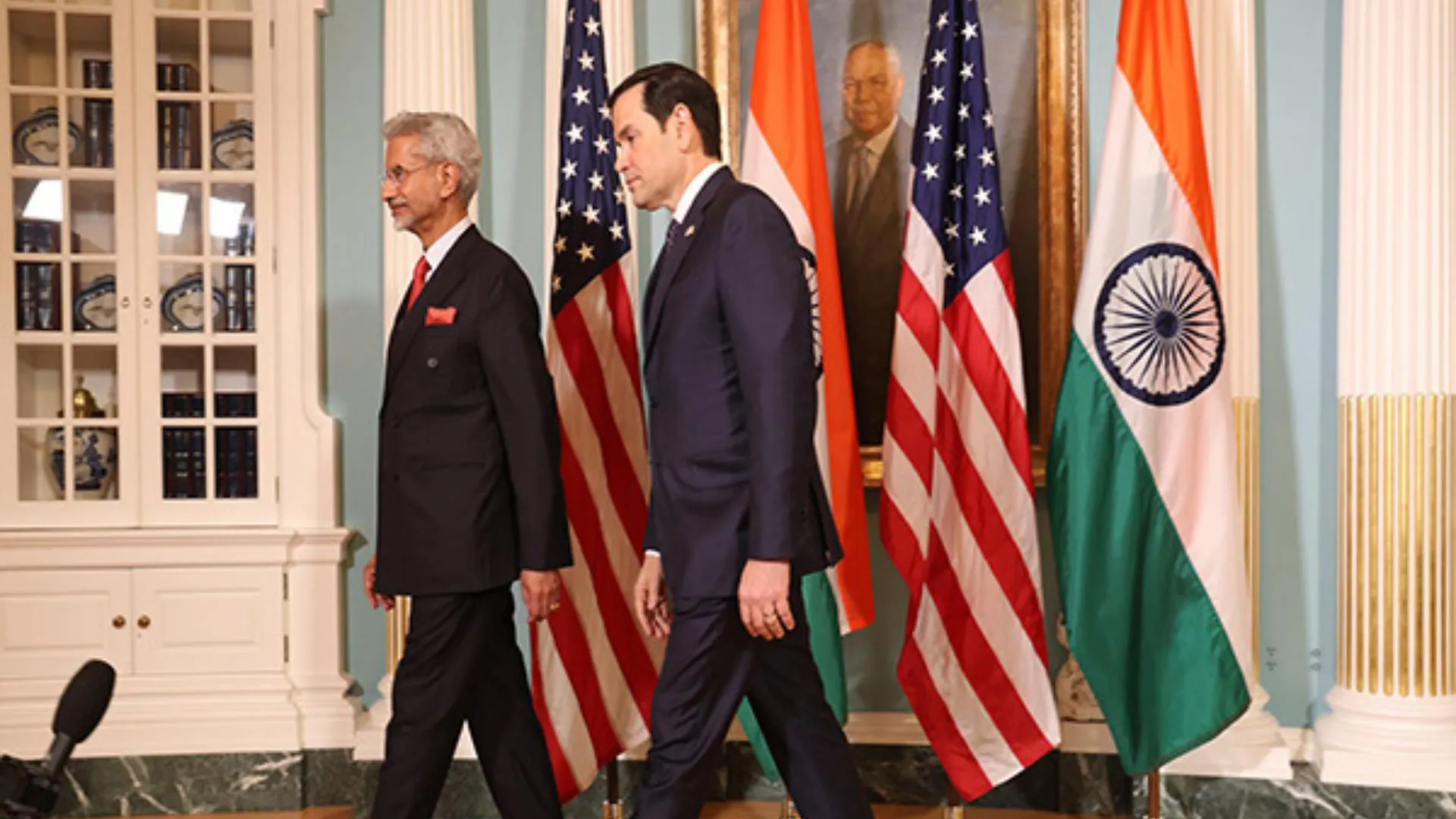According to the latest data available with Ministry of External Affairs, there are around 11,33,749 students currently studying abroad. This number is likely to increase to 1.8 million by 2024 as per Redseer’s India focused report titled ‘Higher Education Abroad’. Moreover, the growth of Indian students studying abroad for Higher Education had outpaced the domestic student growth by 6x in 2016-19 to reach 770,000.
Consequently, with the increased number of students going abroad, higher education remittance from India is predicted to grow up to USD 80 billion in 2024.With a view to curb this outflow of Indian currency and also to further the goal of internationalisation of education, the Hon’ble Finance Minister in her 2022 Budget speech announced ‘world-class foreign universities and institutions will be allowed in the GIFT City to offer courses in Financial Management, FinTech, Science, Technology, Engineering and Mathematics free from domestic regulations, except those by IFSCA to facilitate availability of high-end human resources for financial services and technology’.
Ankit Bhansali, DGM, IFSCA, on the said development, comments, “We have a large pool of talented Indians serving in the IFSCs at London, New York, Singapore and Dubai. With the government’s move to allow foreign universities within the GIFT city, we will hopefully have home grown talent with the requisite skills needed for the technological and sectoral growth of the financial industry.”
The move sets a pathway for foreign universities to establish in India, providing India an opportunity to attract talent from overseas to flow in India as well as retain the Indian talent within India. With that in the background, it is important for us to understand the policy measure and discuss whether Indian students would choose to stay within India or still go abroad for their higher education.
POLICY ANALYSIS
The government policy is in line with NEP 2020 which also proposes to set up world-class foreign universities within India. These universities in IFSC would be regulated by a unified regulator i.e., IFSCA, free from multiple regulators in the Indian education sector in order to facilitate universities from diverse countries to establish in the GIFT City. As described by the finance minister, these universities will be allowed to function with 100% foreign ownership, no restriction on the repatriation of profits and an opportunity to collaborate with domestic universities, students and the financial industry.
Additionally, foreign universities would be allowed to setup as business entities functioning for profit. The move has generated interest from renowned universities like London Business School, Cambridge University, King’s College amongst others to establish within the country.
While IFSCA would be the regulator for these educational institutions, its scope of authority requires more clarification since its scope of authority under IFSCA Act, 2019 relates to regulation of financial services. In matters such as fee structure entry level qualifications, accreditation and others, it is not clear whether foreign universities would be allowed the requisite autonomy. Also, as per the budget statement, the universities in GIFT city would be allowed limited scope of subjects which could hinder the participation from Indian students.
The setting up of foreign universities within IFSC would ensure the availability of trained human resource for latest financial products and services. It would also lead to promotion of different financial services including remittance services within the zone. Since Indian students would also be required to pay their fees in foreign currency, it will create an ease of transaction, converting to ease of living.
Lastly, the investment by these universities within India would majorly depend on its ability to attract students from abroad and within India. Some of the major drawing factors for Indian students to study abroad remain better quality of education, higher standard of living and job opportunities after completing education from these institutions. Another factor is the world class professors and the highly diverse peer network that these universities offer with their campuses abroad. There are also sector specific factors like in case of medical students, we see the gap in demand and supply in government educational institutions and the hefty fees charged by private colleges as the motivating factors for students to study outside India.
RECOMMENDATIONS AND CONCLUSION
The Act governing IFSCA needs to be adequately amended in order to allow for clear scope of governing the education sector. Domestic legislations need to be altered as well to allow collaboration between these universities set up in the GIFT city and outside it. A major reason hindering participation of foreign universities in India has been finance. These universities depend on large donations from private and government funders and also run on for profit-basis in order to function. The government needs to look into these factors in order for the policy to materialise.
India has remained an education hub for students from low-income and neighbouring countries.
As per available data, around 3.33 lakh foreign students have arrived in India over the last five years, 2016-2021. Nearly 22 lakh Indian students went abroad between 2016 and end of January 2021 and spend around $28 billion or 1% of GDP every year on education and related expenses. Out of this, around $6 billion are fees received by foreign universities.
“Lending and remittance activities being a regulated space, Fintechs and neo banks need to take into account not just the regulations applicable in India but also the regulations of the countries to which the students move for education. This being e regulated space, the regulators in India and across the globe should ensure not just compliances by the organisations but also a hassle free and streamlined standard operating procedure laid down for obtaining licenses and compliances thereafter” as pointed out by Anuroop Omkar, Partner at AK & Partners.
With the coming in of foreign universities, it could be possible to attract students from the west and high-income countries apart from the traditional countries if the universities are structured accordingly.
While the outward remittance under ‘Studies Abroad’ has declined from $455.51 million in January 2021 to $345.76 million in January 2022, this trend maybe short lived due to the ongoing pandemic and geopolitical uncertainties.
Pawanjit, co-founder of Reeudo, comments, “In the current outbound remittances payment ecosystem from India students have to face multiple friction points at both ends of the corridors, the needs of the students in the origin countries vs the destination countries are very different. In the absence of a completely digitized journey for outbound remittances, the students have to face significant cost and time delays in sending or receiving payments abroad.” Reeudo was recently granted an FMCC license by RBI to carry out its activities pertaining to student remittance.
The possibility of Indian students to be highly educated from within India thus depends on the government’s ability to allow the foreign universities to set up and function with the requisite autonomy and its ability to attract qualified professors and students from abroad. There would always be a section of students willing to go abroad to study for exposure but government can focus on the middle-class section which aspires to raise their living standard by ensuring the best education for their children and are spending their crucial savings to provide the same.
Going forward, Indian government needs to look into sector wise education needs of students within India and ways to attract students from abroad in these universities in order to truly internationalise education and save on the large amount of remittance flowing outside.























